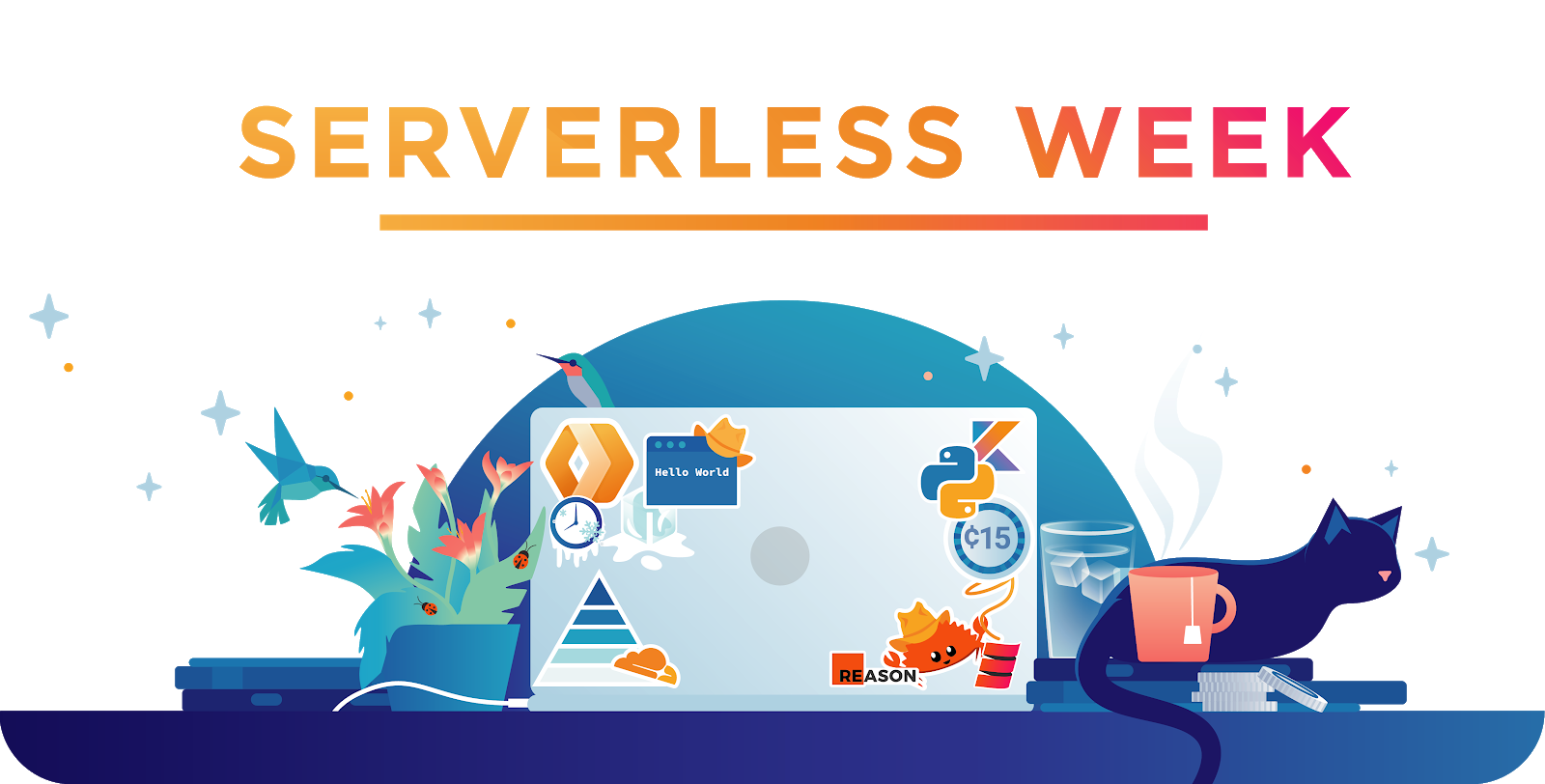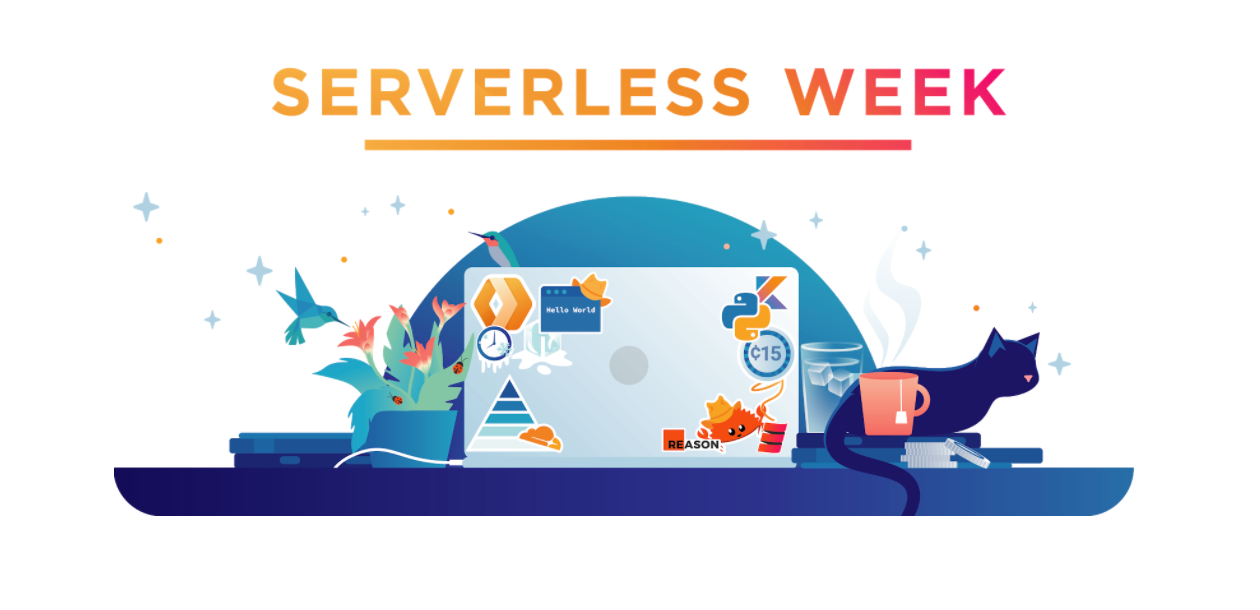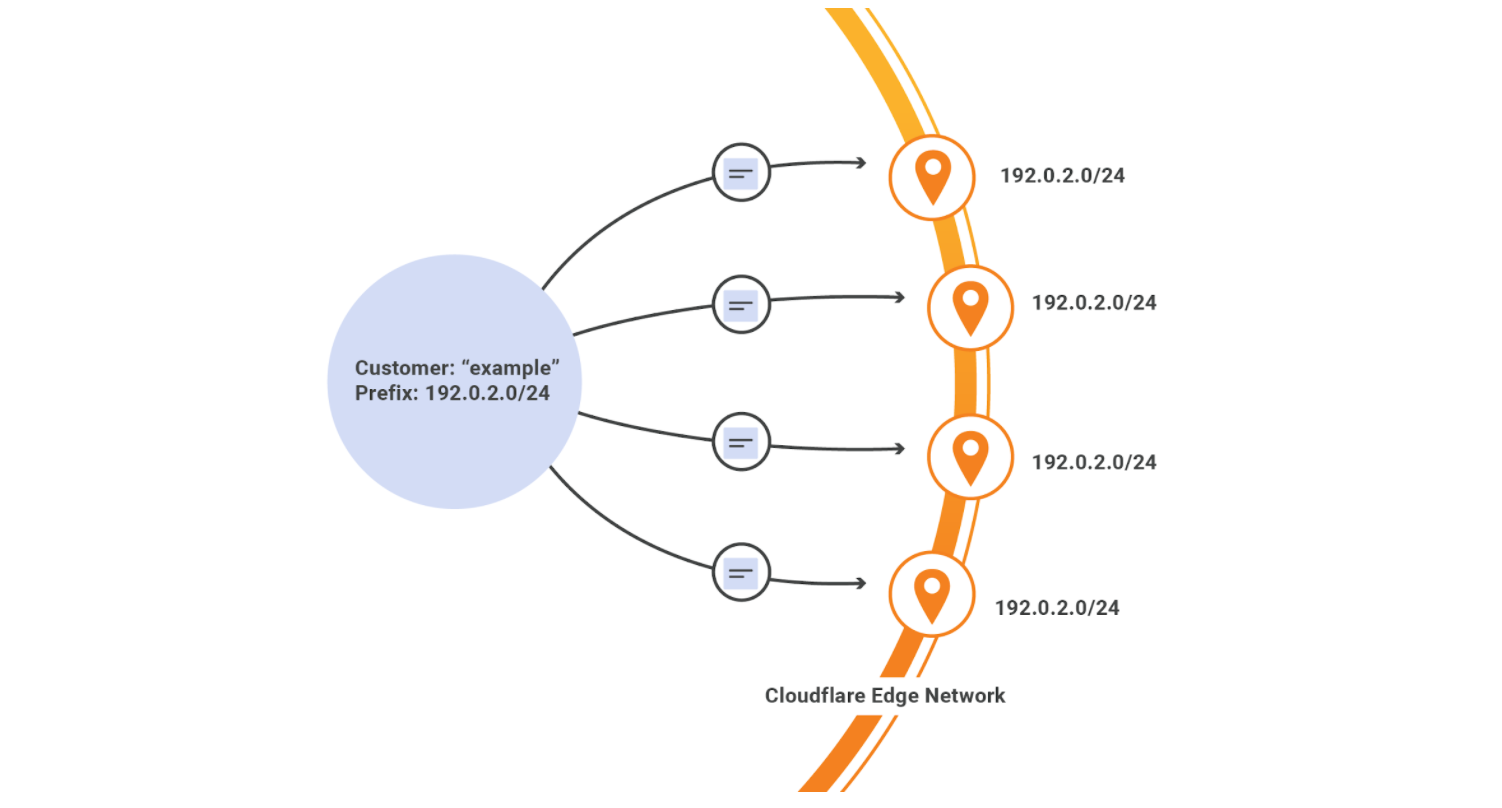Nutrition Innovations You Shouldn’t Miss
With the passage of time, the entire world continues to change – bringing about different innovations that were previously never known to humans. These innovations arise in various fields and are extremely noteworthy, because not only do they contain benefits, but they are also extremely convenient as compared to older measures.
Similar is the case for nutrition. Previously, to gain different health benefits and strength in various areas, one would have to combine a number of different fruits, vegetables, or any type of food and combine them together to get some form of nutrients for the body. However, these ways would consume an immense amount of time.
There is no doubt that in today’s world, the only thing everyone is short on is time. For this reason, some natural health brands are known for bringing about various nutrition innovations over the years, which can boost your health to a great extent.
These are the latest innovations, which you need to incorporate into your lifestyle so that you can feel more energized and healthier, each step of the way!
Improve Your Sleep Cycle
One of the greatest fight’s humans have with themselves is with their inner need for sleep. The time Continue reading
Hosting KVM Apps Inside IOS XE Virtual Service Container
Service Containers are applications that can be hosted directly on Cisco IOS XE routing platforms. Service containers are either Linux Virtual Containers (LXC) or Kernel Virtual Machine( KVM) based virtual machines. A typical Cisco service container carries a digital signature that verifies it as an authentic application from Cisco. An open service (unsigned) container is […]Continue reading...
Transferring pictures with DStar
I’ve successfully experimented with sending pictures using the data portion of D-Star.
I did it in multiple ways, starting with the simplest and ending with the longest path (though not most complex).
Equipment is an Android phone, a Kenwood TH-D74, and an ICom IC-9700.
Simplex
First I did it the simplest way, using simplex between the radios.
You install the ICom RS-MS1A app (sigh, yes that’s the kind of useful naming scheme they have). You’d think this app is needed for the ICom radio, but no. The IC-9700 has Picture mode built in. I used this app for the Kenwood D74.
You start the app, select “Others (Bluetooth)”, and select the D74.
On the D74 you need to:
- Press
1to go into VFO mode - Select the right frequency
- Set the mode to digital (DV/DR)
- If it’s DR, switch it to DV in the digital menu.
- In the digital menu, switch it to
DATA
Annoyingly, unlike the native picture mode in the IC9700, setting
DATA mode on the D74 will not allow any voice transmission at all.
On the IC9700, just set the right frequency, switch to DV mode, and
select Picture from the menu.
I won’t go into detail Continue reading
Commit to Diversity, Equity and Inclusion, Every Day

The world is waking up
Protesting in the name of Black Lives Matter.
Reading the book “White Fragility”.
Watching the documentary “13th”.
The world is waking up to the fight against racism and I couldn’t be happier!
But let’s be clear: learning about anti-racism and being anti-racist are not the same things. Learning is a good first step and a necessary one. But if you don’t apply the knowledge you acquire, then you are not helping to move the needle.

Since the murder of George Floyd at the hands/knees of the Minneapolis police, people all over the world have been focused on Black Lives Matter and anti-racism. At Cloudflare, we’ve seen an increase in cyberattacks, we’ve heard from the leadership of Afroflare, our Employee Resource Group for employees of African descent, and we held our first ever Day On, held on June 18, Cloudflare’s employee day of learning about bias, the history and psychological effects of racism,, and how racism can get baked into algorithms.
By way of this blog post, I want to share my thoughts about where I think we go from here and how I believe we can truly embody Diversity Equity and Inclusion (DEI) Continue reading
Tribal Priority Window extended to September 2 – but it’s still not enough time to connect Indigenous communities to a critical lifeline

While Indigenous communities across the US battle some of the most brutal COVID-19 mortality rates in the country, they’ve simultaneously raced against the clock to take advantage of a once-in-a-generation opportunity to access and manage their own broadband.
The Tribal Priority Window is an unprecedented opportunity for eligible US Tribes to apply for 2.5GHz spectrum leases ahead of the federal auction. Targeted at the most digitally underserved communities in the US— where only half of housing units have access to broadband— the Window is intended to enable rural Tribes access to Internet service and the development of services to narrow the digital divide. The application process posed significant challenges to Tribes who already struggle with poor connectivity. The digital format, coupled with COVID-19 realities, has hampered their ability to file applications within the deadline.
Due to the insurmountable obstacles posed by the pandemic, Tribes and nearly 100 organizations have called on the Federal Communications Commission (FCC) and Congress to extend the Tribal Priority Window by 180 days.
In response, the FCC has granted them just 30 additional days to file their applications. In its order, the FCC says that this extension is due to the unusual Continue reading
Using sFlow to monitor dropped packets
Visibility into dropped packets describes instrumentation, recently added to the Linux kernel, that provides visibility into packets dropped by the kernel data path on a host, or dropped by a switch ASIC when packets are forwarded in hardware. This article describes integration of drop monitoring in the open source Host sFlow agent and inclusion of drop reporting as part of industry standard sFlow telemetry.Extending sFlow to provide visibility into dropped packets offers significant benefits for network troubleshooting, providing real-time network-wide visibility into the specific packets that were dropped as well the reason the packet was dropped. This visibility instantly reveals the root cause of drops and the impacted connections.
Packet discard monitoring complements sFlow's existing counter polling and packet sampling mechanisms and shares a common data model so that all three sources of data can be correlated. For example, if packets are being discarded because of buffer exhaustion, the discard records don't necessarily tell the whole story. The discarded packets may represent mice flows that are victims of an elephant flow. Packet samples will reveal the traffic that isn't being dropped and provide a more complete picture. Counter data adds additional information such as CPU load, interface speed, Continue reading
Fast Friday – Mobility Field Day 5 Edition

I’ve been in the middle of Mobility Field Day 5 this week with a great group of friends and presenters. There’s a lot to unpack. I wanted to share some quick thoughts around wireless technologies and where we’re headed with it.
- Wireless isn’t magic. We know that because it’s damned hard to build a deployment plan and figure out where to put APs. We’ve built tools that help us immensely. We’ve worked on a variety of great things that enable us to make it happen easier than it’s been before. But remember that the work still has to happen and we still have to understand it. As soon as someone says, “You don’t need to do the work, our tool just makes it happen” my defenses go up. How does the tool understand nuance? Who is double-checking it? What happens when you can’t feed it all the info it needs? Don’t assume that taking a human out of the loop is always good thing. Accrued knowledge is more important than you realize.
- Analytics give you a good picture of what you want, but they don’t turn wrenches. All the data in the world won’t replace a keyboard. You need to Continue reading
Heavy Networking 532: Scrapli Is A Netmiko Alternative
Scrapli is a Python screen-scraping client for network devices to help enable automation. Today's Heavy Networking dives into Scrapli with two of its creators, Carl Montanari and Dmitry Figol. We discuss its origins, support for network OSs, how it differs from Netmiko, and more.Heavy Networking 532: Scrapli Is A Netmiko Alternative
Scrapli is a Python screen-scraping client for network devices to help enable automation. Today's Heavy Networking dives into Scrapli with two of its creators, Carl Montanari and Dmitry Figol. We discuss its origins, support for network OSs, how it differs from Netmiko, and more.
The post Heavy Networking 532: Scrapli Is A Netmiko Alternative appeared first on Packet Pushers.
Network Complexity Series
A while back Nick Russo developed a video series on network complexity for the Network Collective membership community. Today we’re releasing this content free for all to consume. This is fantastic content that helps quantify how complexity impacts network performance and network design. Thanks to Nick Russo for continually providing such fantastic content to the networking community.
You can find the documents referenced in the case study videos at the publications page on Nick Russo’s website.

The post Network Complexity Series appeared first on Network Collective.
Member News: Teaching Computer Science in Rural Nigeria

Computing for the people: The San Francisco Chapter has an article by a software developer using open source software and open standards hardware to teach computer science skills to students in rural Nigeria. Chioma Ezedi Chukwu, founder of the STEMTeers mentorship program, writes that open source is more than free tools, software, or hardware. “It was a great opportunity to learn, learn by building and create with innovation.”
Coding for kids: Meanwhile, the Pacific Islands Chapter highlights a hackathon for kids event at a childcare center in Port Moresby, Papua New Guinea. The goal of the event, focused on design thinking, was to equip the students with lifelong skills in the digital age.
Supporting e-learning: In other education-related news, the Uganda Chapter is focused on helping teachers and students improve their digital skills as the country embraces e-learning following the COVID-19 pandemic. “Educators need to adjust their teaching methods to cope with the new changes,” an article says. “Educators should be able to cause change or affect the learner beyond the chalk and blackboard while learners need to be taken through an adaptability process as they transition to digital education.”
Tracking the virus: The Chapter in the Continue reading
Making magic: Reimagining Developer Experience for the World of Serverless


This week we’ve talked about how Workers provides a step function improvement in the TTFB (time to first byte) of applications, by running lightweight isolates in over 200 cities around the world, free of cold starts. Today I’m going to talk about another metric, one that’s arguably even more important: TTFD, or time to first dopamine, and announce a huge improvement to the Workers development experience — wrangler dev, our edge-based development environment with all the perks of a local environment.
There’s nothing quite like the rush of getting your first few lines of code to work — no matter how many times you’ve done it before, there's something so magical about the computer understanding exactly what you wanted it to do and doing it!

This is the kind of magic I expected of “serverless”, and while it’s true that most serverless offerings today get you to that feeling faster than setting up a virtual server ever would, I still can’t help but be disappointed with how lackluster developing with most serverless platforms is today.
Some of my disappointment can be attributed to the leaky nature of the abstraction: the journey to getting you to the point of writing Continue reading
Worth Reading: How CEOs think
Robert Graham wrote a great article explaining why CEOs don’t care much about cybersecurity or any other non-core infrastructure (including networking, unless you happen to be working for a service provider). It’s a must-read if you want to understand the **** you have to deal with in enterprise environments.
I’m Concerned for the Future of Open Internet

I'm beginning to feel concerned for the future of an open Internet.
The post I’m Concerned for the Future of Open Internet appeared first on EtherealMind.
Bringing Your Own IPs to Cloudflare (BYOIP)

Today we’re thrilled to announce general availability of Bring Your Own IP (BYOIP) across our Layer 7 products as well as Spectrum and Magic Transit services. When BYOIP is configured, the Cloudflare edge will announce a customer’s own IP prefixes and the prefixes can be used with our Layer 7 services, Spectrum, or Magic Transit. If you’re not familiar with the term, an IP prefix is a range of IP addresses. Routers create a table of reachable prefixes, known as a routing table, to ensure that packets are delivered correctly across the Internet.
As part of this announcement, we are listing BYOIP on the relevant product pages, developer documentation, and UI support for controlling your prefixes. Previous support was API only.
Customers choose BYOIP with Cloudflare for a number of reasons. It may be the case that your IP prefix is already allow-listed in many important places, and updating firewall rules to also allow Cloudflare address space may represent a large administrative hurdle. Additionally, you may have hundreds of thousands, or even millions, of end users pointed directly to your IPs via DNS, and it would be hugely time consuming to get them all to update their records Continue reading
